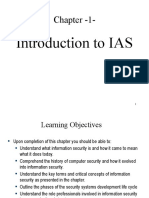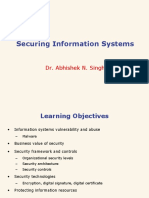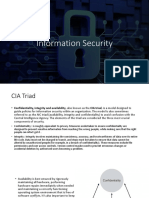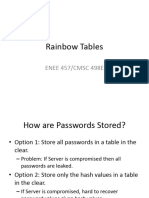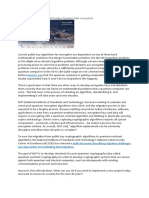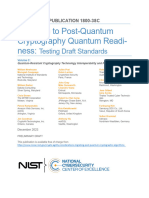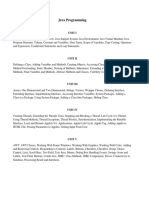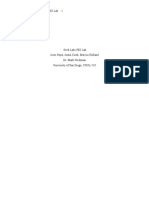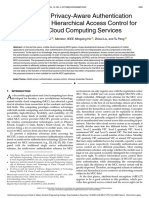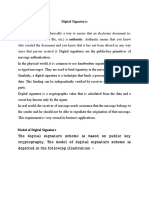0% found this document useful (0 votes)
13 views27 pagesComputer Security
The document provides an overview of computer security, emphasizing the importance of protecting data and systems from unauthorized access and various threats such as malware, social engineering, and system failures. It introduces key concepts like the CIA triad (confidentiality, integrity, availability) and the AAA framework (authentication, authorization, accounting) as essential principles for effective security management. Additionally, it discusses various types of malware, their characteristics, and preventive measures to enhance information security.
Uploaded by
giftn0825Copyright
© © All Rights Reserved
We take content rights seriously. If you suspect this is your content, claim it here.
Available Formats
Download as PDF, TXT or read online on Scribd
0% found this document useful (0 votes)
13 views27 pagesComputer Security
The document provides an overview of computer security, emphasizing the importance of protecting data and systems from unauthorized access and various threats such as malware, social engineering, and system failures. It introduces key concepts like the CIA triad (confidentiality, integrity, availability) and the AAA framework (authentication, authorization, accounting) as essential principles for effective security management. Additionally, it discusses various types of malware, their characteristics, and preventive measures to enhance information security.
Uploaded by
giftn0825Copyright
© © All Rights Reserved
We take content rights seriously. If you suspect this is your content, claim it here.
Available Formats
Download as PDF, TXT or read online on Scribd
/ 27




























